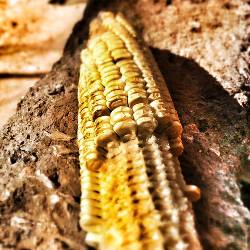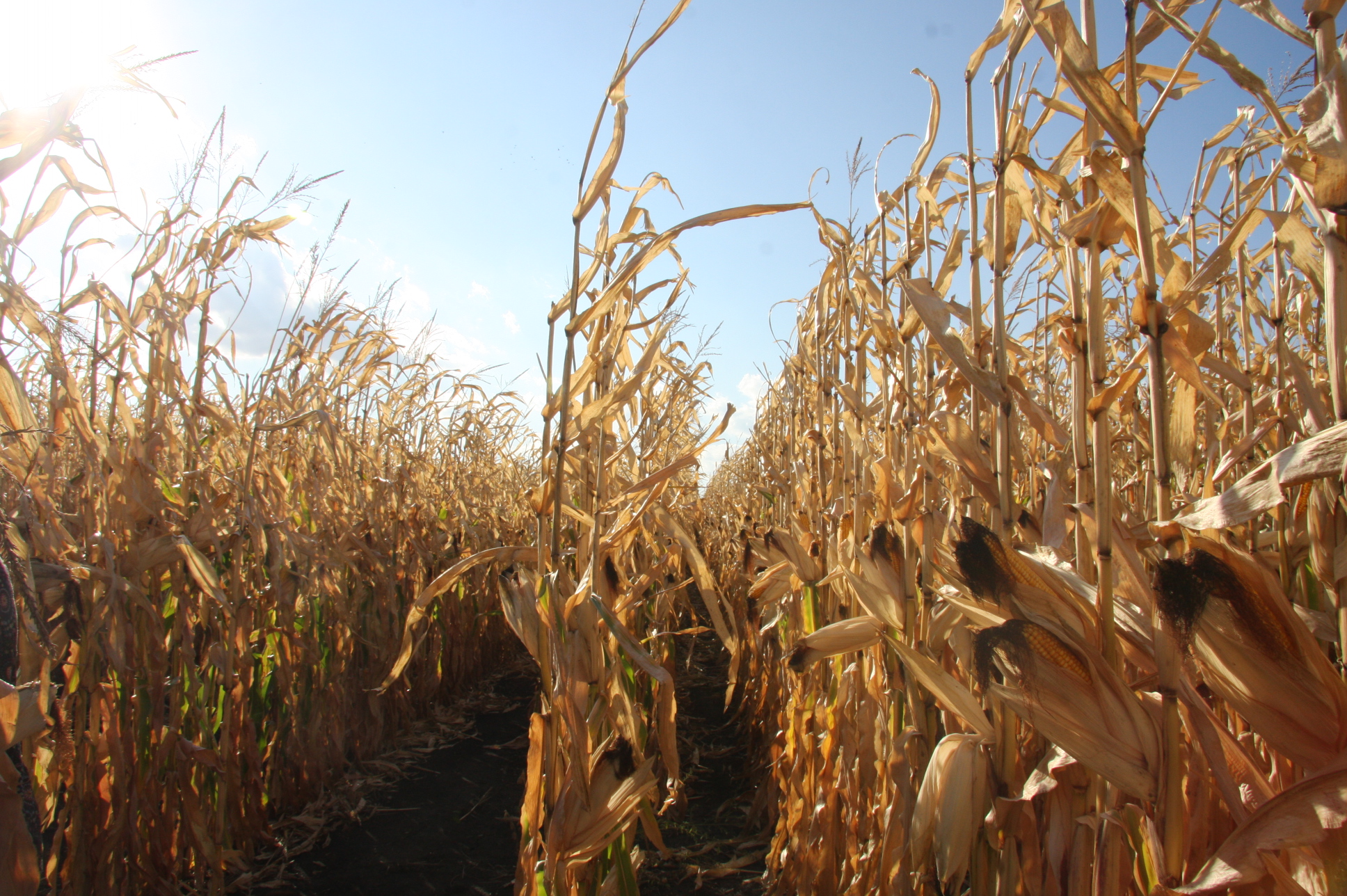
How the Midwest’s Corn Farms Are Cooking the Planet
As if we needed another reason to rid the world of millions of acres of pesticide-drenched GMO corn—about 85 percent of which is used to make ethanol fuel or feed animals on factory farms.
As it turns out, nitrogen fertilizer doesn’t just pollute water, as the people in Toledo, Ohio, learned the hard way, when their water became so polluted the city had to shut it off. A large portion of the nitrogen in agricultural fertilizer, according to a new study, escapes into the atmosphere as nitrous oxide—a greenhouse gas greenhouse gas with nearly 300 times the heat-trapping power of carbon dioxide, as reported in a recent article in Mother Jones.
According to Tom Philpott, reporting on a new study by a team of researchers from the University of Minnesota, Yale, and the U.S. Department of Agriculture (USDA), when researchers measured nitrous oxide emissions at 19 streams over a two-year period in southeastern Minnesota, they found that “standard greenhouse gas emission measures, such as those used by the Intergovernmental Panel on Climate Change (IPCC), have been undercounting these ‘riverine’ emissions sources by a factor of nine; and overall N2O emissions from the area are underestimated by about 40 percent.”
Should you stop eating corn? Yes, if it’s in the form of GMO high fructose corn syrup. And we should all stop eating meat or cheese, or drinking milk, that came from animals fed GMO corn. But the problem isn’t with corn itself, if the corn is grown from non-GMO seeds, using organic regenerative farming practices. The problem is with how we grow most of the world’s corn today—and how much of it we grow that way.

